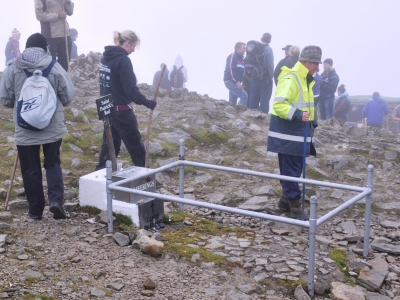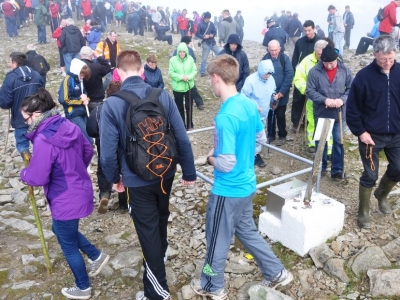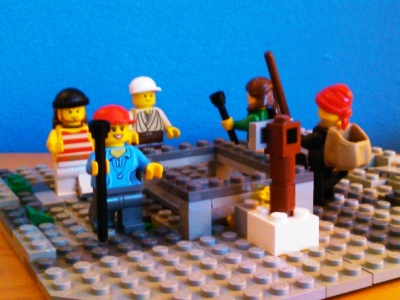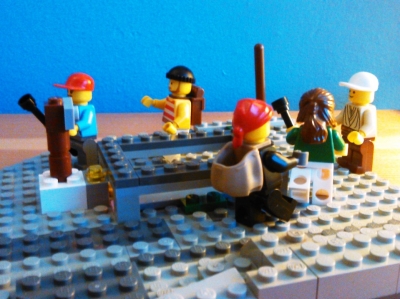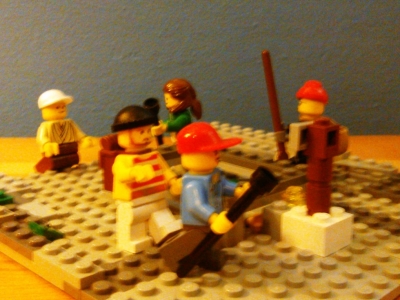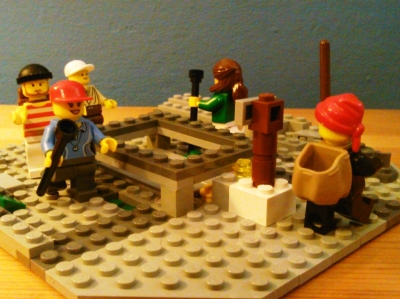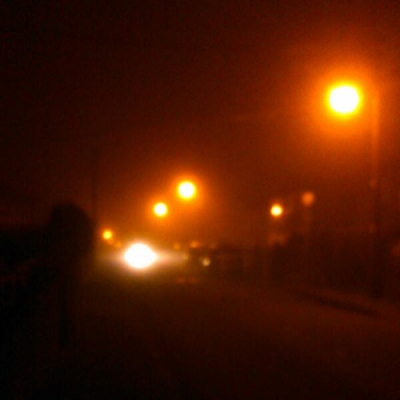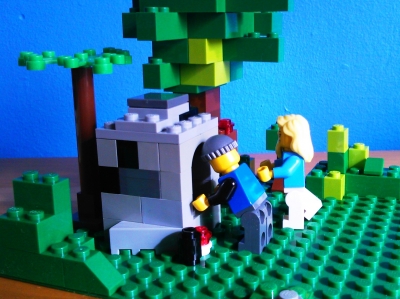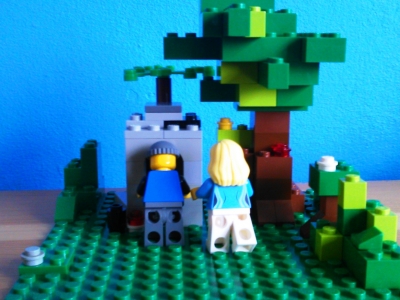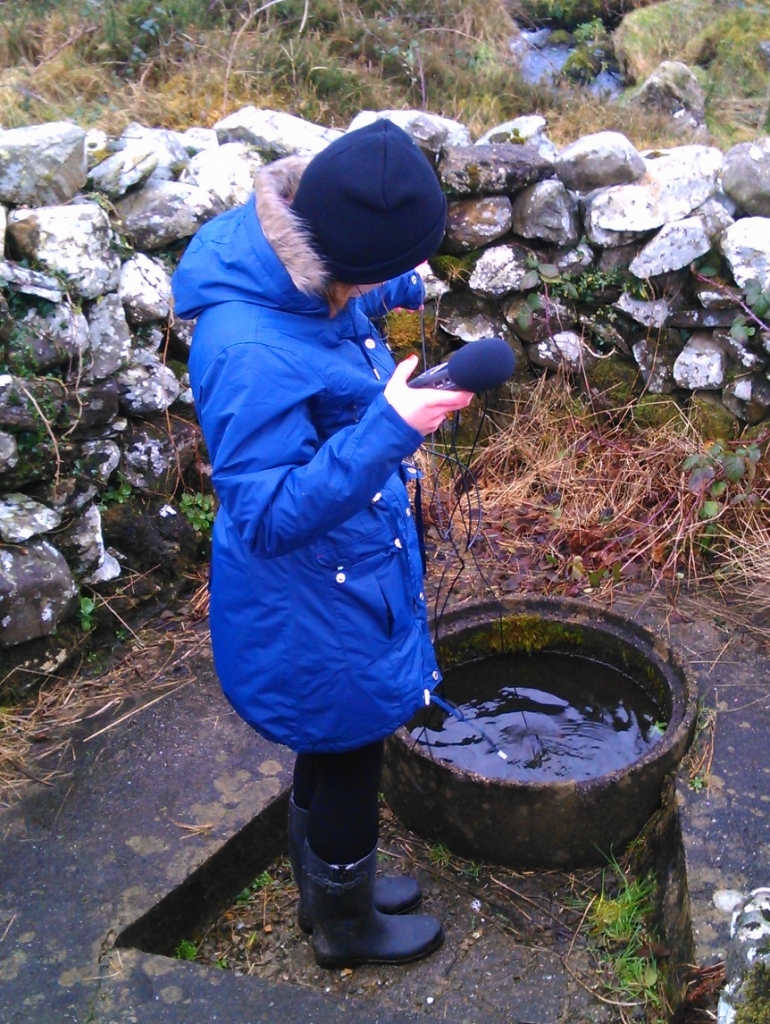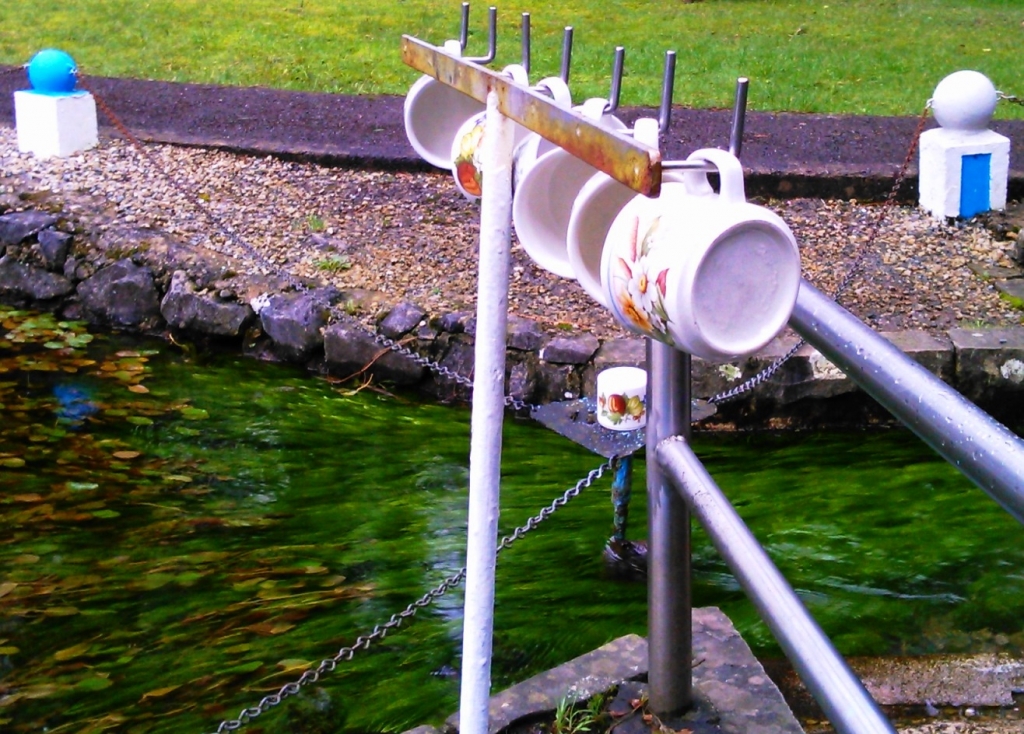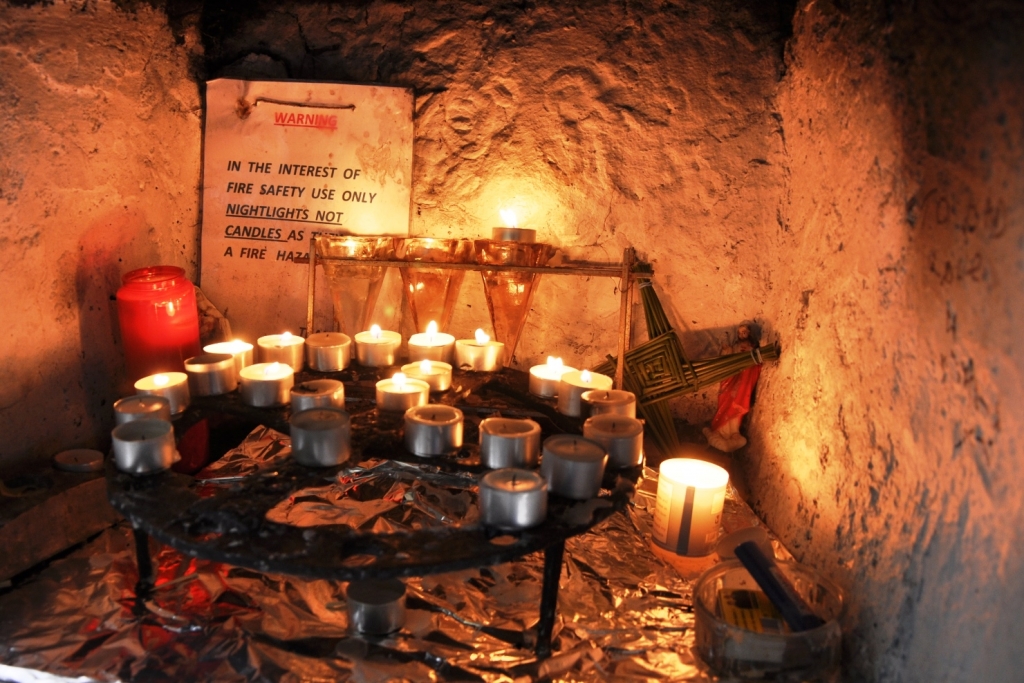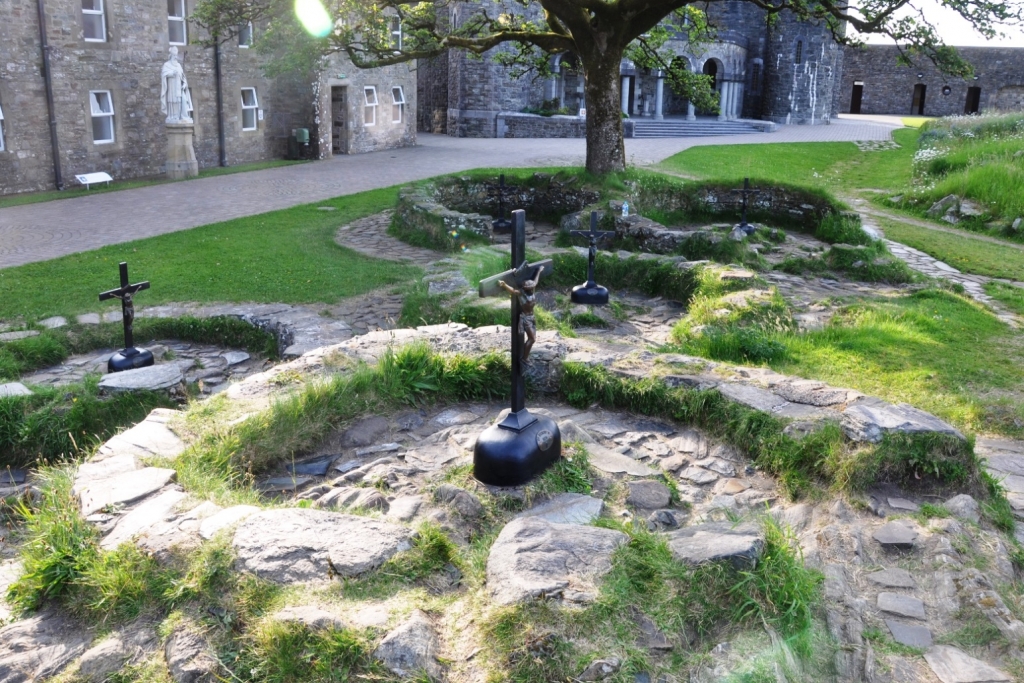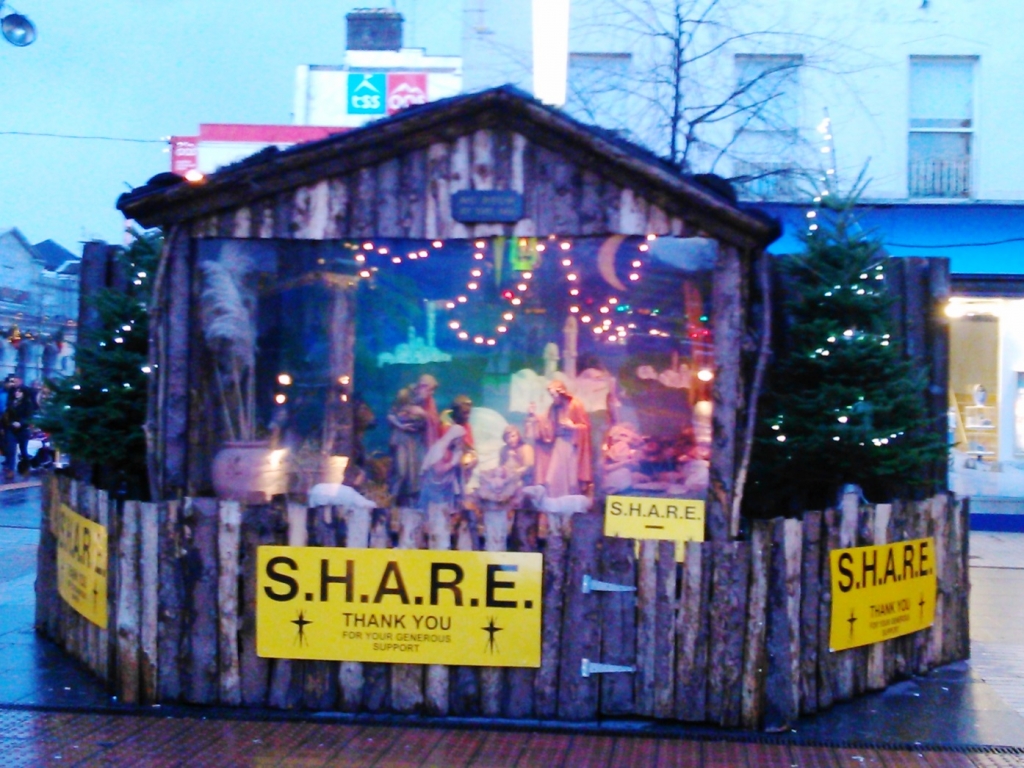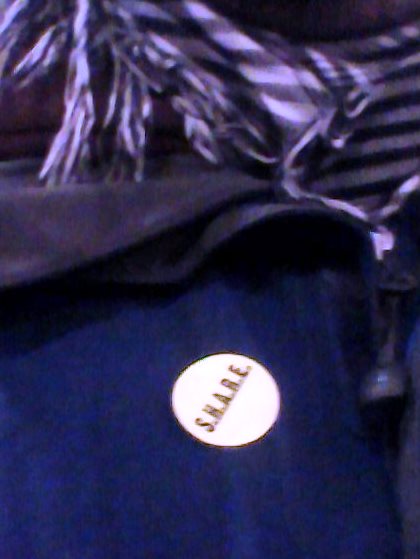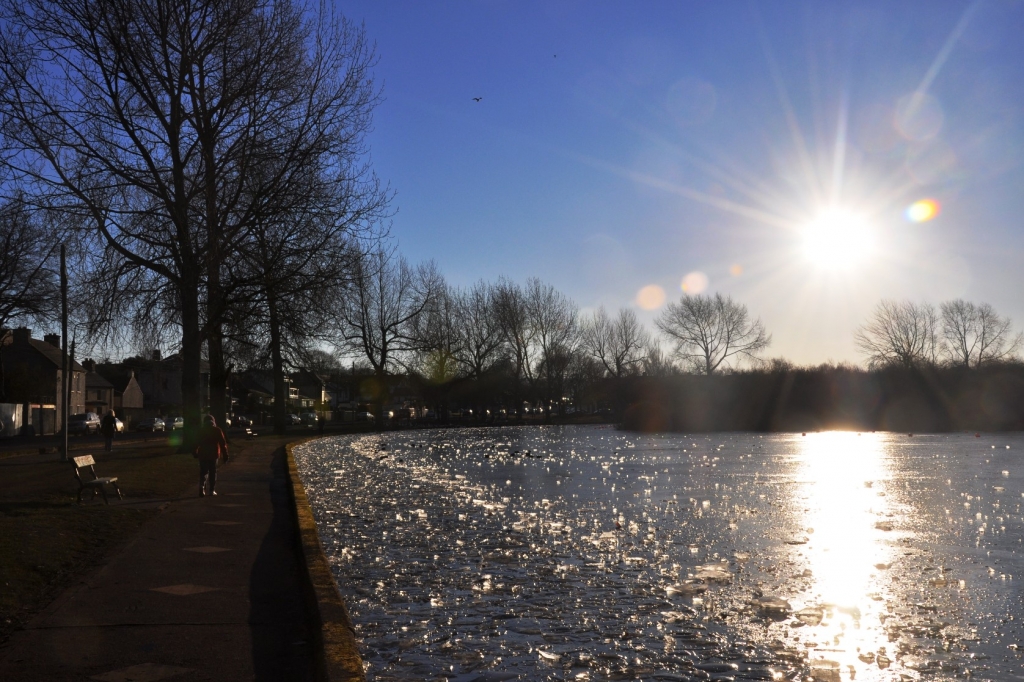Postboxes, once essential pieces of communications infrastructure which connected villages, crossroads and neighbourhoods to the rest of the world, are still noticeable features of landscapes and roadsides. Public postboxes in the Republic of Ireland, administered by the semi-state organisation An Post, are green. While more recent boxes tend to be more functional, older ones had distinct designs such as the hexagonal-sided Penfold or the familiar small box attached to a telegraph pole.
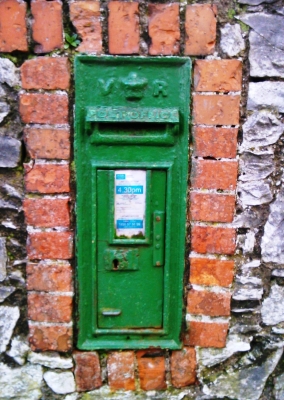
VR for Victoria Regina 1837 – 1901 Greenmount Cork
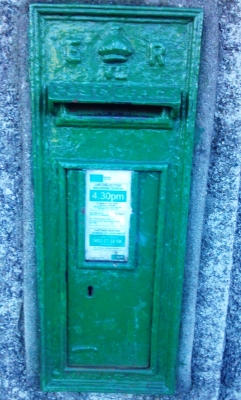
ER for Edward Rex
1901 – 1910 Douglas Cork
Postboxes also have symbols, representative of the time of their production. Previous to the current An Post there was P&T (Dept. of Post and Telegraphs) and Saorstát Eireann (Irish Freestate). However, there are even older boxes, still in use, which feature the royal insignia from the late nineteenth and early twentieth century, when all of the island of Ireland was part of the UK. You can still find boxes with ER (Edwardus Rex) or VR (Victoria Regina) which date from the period 1901 – 1910 and c.1850s-1901 (although Queen Victoria’s reign was 1837 – 1901, postboxes didn’t come to Ireland until at least the c.1850s) respectively. Although rather solid and simple devices, it still is marvelous, if not surprising, that they have survived so long. It is nice to consider the thousands of letters (with the intentions, news, connections and emotions they contained) that would have passed through them.
It is noteworthy that these very clear, albeit ordinary, symbols of the British Monarchy survived in places through times when such things were readily destroyed. While statues, flags and buildings were attacked for nationalistic reasons, these objects survived, possibly being saved because of their very ordinariness or usefulness. Also, when the majority of Ireland transitioned to becoming a Free State, these boxes did pose an issue; however, a rather straightforward, yet clever, and utterly Irish, solution was to paint the red British boxes green. This transformation has lasted for over ninety years. The symbol of British Monarchy, covered over by green paint can be a metaphor for so many features in the Irish state, from Primary Schools to Common Law.
On your travels throughout Ireland, and even in your own neighbourhood, check the postbox, you may find an interesting piece of heritage, geography, symbolism and materiality. However, make sure you get there before 4.30pm .
For more:
Irish Postal History site
An Post: History and Heritage: The Post Box
